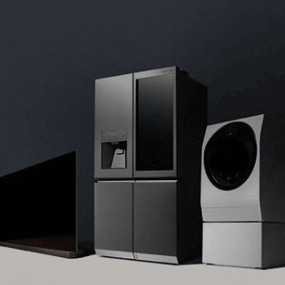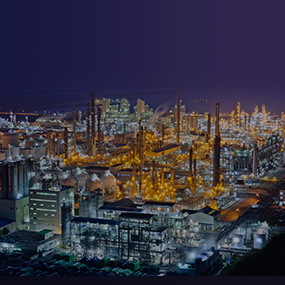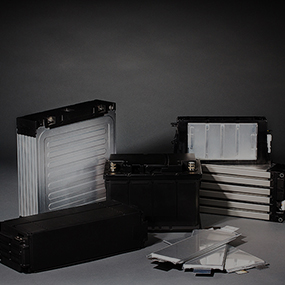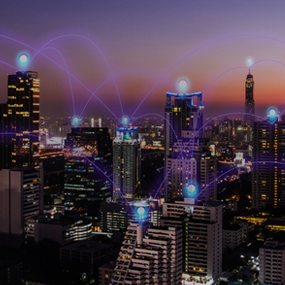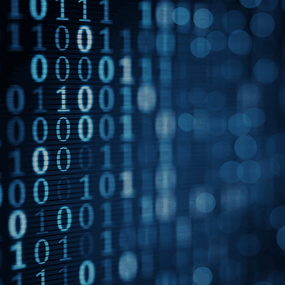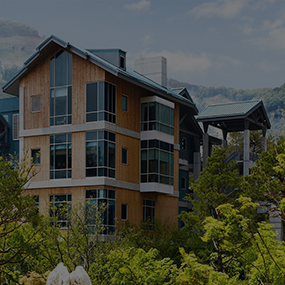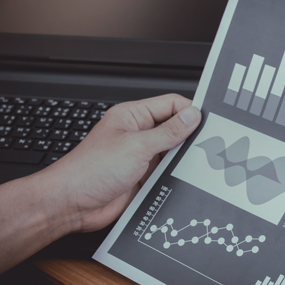LG Chem Acquires LG Electronics Separation Membrane Business
2021.07.29■ Acquires all tangible and intangible assets such as CEM business production facilities, personnel, etc. of LG Electronics separation membrane
□ Including production facilities of the Cheongju Plant in Korea, as well as facilities in China and Europe
□ Maintain all of the approximately 800 domestic and foreign employees
■ Foster separation membrane into business with over a trillion KRW by developing next-generation products with the world’s best safety and competitiveness...Create synergy with existing battery materials such as anodes
■ LG Chem Chief Executive Officer Hak Cheol Shin,
“While actively fostering the separation membrane business, we will also continuously foster businesses that can realize growth potential to become the world’s largest general battery materials company”
LG Chem will expand its business portfolio by acquiring the separation membrane business of LG Chem to become the world’s largest general battery materials company.
LG Chem announced that it held a board of directors meeting on the 29th to approve the agenda for acquiring the operations of the CEM (Chemical Electronic Material) business sector under the LG Electronics’ BS (Business Solution) Division at 525 billion KRW.
Acquisition will be for all of the tangible and intangible assets such as production facilities and personnel in the said business sector. The LG Electronics CEM Division manufactures battery materials such as separation membranes and display materials, etc., and it has production facilities in Cheongju of Korea, Hangzhou of China, and Wroclaw of Poland. All of the approximately 800 domestic and foreign employees will be maintained.
In order to foster the battery materials business as its new growth engine, LG Chem decided to acquire the CEM business of LG Electronics for both growth potential and inter-business synergy effects.
Through the acquisition of the separation membrane business, LG Chem will become the only company possessing the core technologies applied in the four key materials for batteries in the world, in addition to its existing businesses in the anode materials, cathode binders, electrolyte additive, and CNT (carbon nanotube) sectors.
To foster the separation membrane business into the trillions (KRW) by developing next-generation products with the world’s best safety and competitiveness
LG Chem intends to foster the separation membrane business to be worth trillions of KRW within the next few years by developing products with the world’s highest level of safety and competitiveness based on its proprietarily developed next-generation coating technologies and the productivity maximizing technologies of LG Electronics.
LG Chem possesses the SRS® (Safety Reinforced Separator) technology that thinly coats the surfaces of separation membranes with ceramic materials to significantly enhance safety and performance, and it also additionally procured next-generation coating technologies that can further improve the heat-resistance of separation membranes through continuous R&D.
The LG Electronics CEM Division possesses the technologies that can maximize productivity based on the processing capacities for coating separation membranes at the highest speed in the world.
According to the market intelligence company SNE Research, it is expected that the global separation membrane market for secondary batteries will grow at annual average of 27.9% from approximately 4.1 trillion KRW this year to about 11 trillion KRW by 2025.
Focus on fostering anode materials, separation membranes, etc. to become the ‘world’s largest general battery materials company’
LG Chem plans to invest 6 trillion KRW, including this acquisition, to become the world’s top general battery materials company and will focus on developing battery materials such as anode materials, separation membranes, cathode binders, radiant adhesives, CNT, etc.
*Binder: Fixes active materials on copper laminates when charging and discharging are repeated
*Radiant adhesive: Material that connects EV battery modules to emit heat generated in the battery cell to the outside, while also fixing the battery cell against external impact and vibration
Plans are to begin construction of the Gumi Plant with a 60,000-ton capacity in December for the cathode material business with the goal of fostering the company into a global leader. Through this, the cathode production capacity of LG Chem will increase by seven-fold from 40,000 tons in 2020 to 260,000 tons by 2026.
A joint venture is being prepared with a mining company for the stable supply of metals that will be used as the raw materials for anode materials. Plans are to actively pursue cooperation in various ways with companies possessing mining, smelting and refining technologies to strengthen its metal sourcing competitiveness.
In particular, for products such as anode materials, separation membranes, cathode binders, and radiant adhesives, plans are to preemptively focus R&D resources to differentiate its technologies and acquire market leadership. This is because in the battery materials market that is forecasted to grow quickly from 39 trillion KRW in 2021 to 100 trillion KRW by 2026, it is expected that demands for material innovation will strengthen for the sake of improving performance and cutting costs.
In order to keep up with the market forecast for battery materials that are growing at a rapid pace, plans are to expand the CNT production scale from 1,700 tons in 2021 to triple or more by 2025. LG Chem has already expanded its production capacity through full-scale operation of the Plant 2 capable of producing 1,200 tons to target the anode conductive additive market for lithium-ion batteries in April, while continuously expanding production capacities such as making preparations to commence construction of Plant 3 within the year.
*CNT (Carbon Nanotube): A new material having the same electric and heat conductivity equivalent to copper and diamonds, and its intensity is 100 times that of steel.
*Conductive Additive: Material that helps with the flow of electricity/electrons and it is used as an additive throughout lithium-ion batteries. In particular, it enhances conductivity of lithium-ions of anode materials that are composed of active materials such as nickel, cobalt, and manganese, thereby improving charging/discharging efficiency
LG Chem Chief Executive Officer Hak Cheol Shin said, “Through this acquisition, it has become to further strengthen the value chain of the battery materials business that is rapidly growing.”
He added, “While actively fostering the separation membrane business, we will also continuously foster businesses that can realize growth potential to become the world’s largest general battery materials company.”
